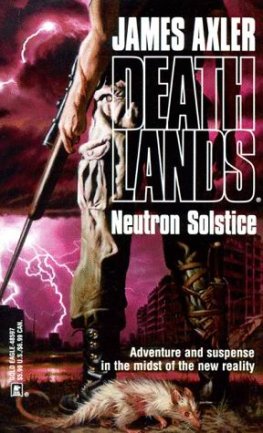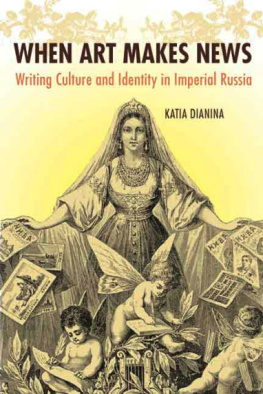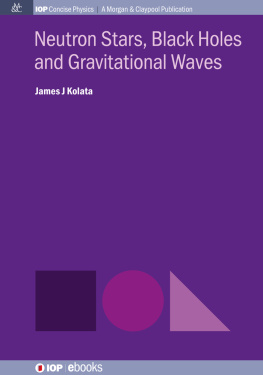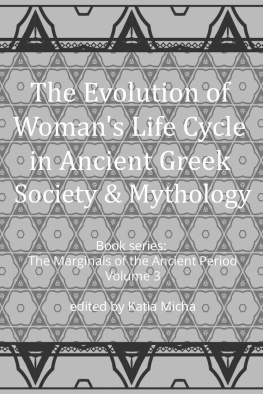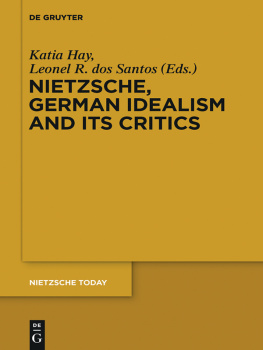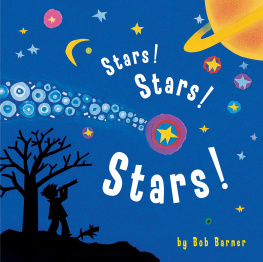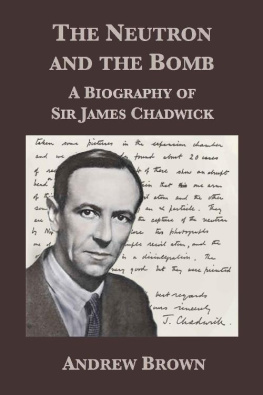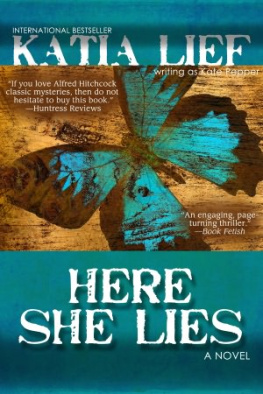Katia Moskvitch - Neutron Stars
Here you can read online Katia Moskvitch - Neutron Stars full text of the book (entire story) in english for free. Download pdf and epub, get meaning, cover and reviews about this ebook. year: 0, genre: Non-fiction. Description of the work, (preface) as well as reviews are available. Best literature library LitArk.com created for fans of good reading and offers a wide selection of genres:
Romance novel
Science fiction
Adventure
Detective
Science
History
Home and family
Prose
Art
Politics
Computer
Non-fiction
Religion
Business
Children
Humor
Choose a favorite category and find really read worthwhile books. Enjoy immersion in the world of imagination, feel the emotions of the characters or learn something new for yourself, make an fascinating discovery.

- Book:Neutron Stars
- Author:
- Genre:
- Year:0
- Rating:4 / 5
- Favourites:Add to favourites
- Your mark:
- 80
- 1
- 2
- 3
- 4
- 5
Neutron Stars: summary, description and annotation
We offer to read an annotation, description, summary or preface (depends on what the author of the book "Neutron Stars" wrote himself). If you haven't found the necessary information about the book — write in the comments, we will try to find it.
Neutron Stars — read online for free the complete book (whole text) full work
Below is the text of the book, divided by pages. System saving the place of the last page read, allows you to conveniently read the book "Neutron Stars" online for free, without having to search again every time where you left off. Put a bookmark, and you can go to the page where you finished reading at any time.
Font size:
Interval:
Bookmark:
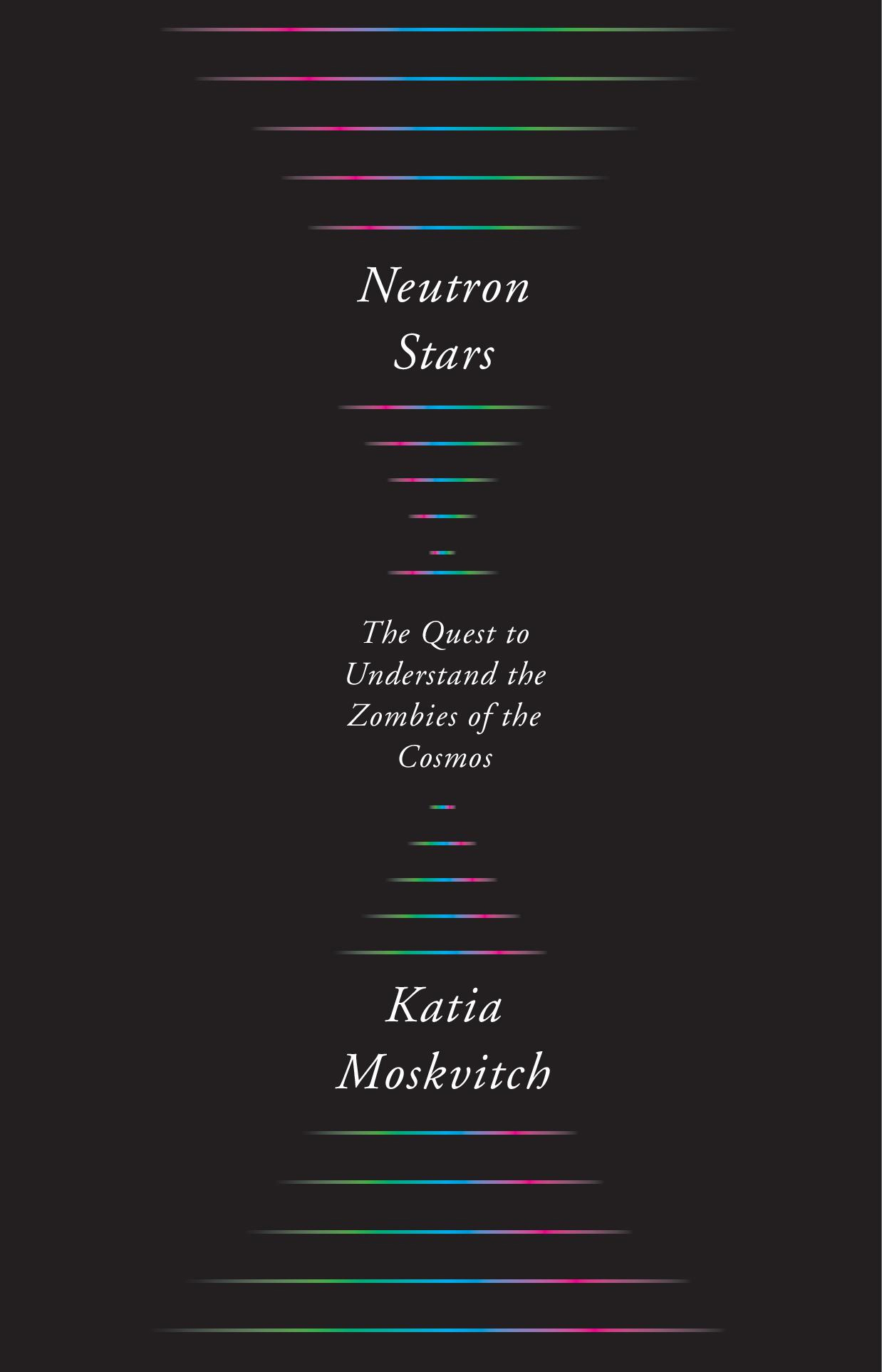

Neutron Stars

The Quest to Understand the Zombies of the Cosmos

Katia Moskvitch


Cambridge, Massachusetts
London, England
2020
Copyright 2020 by the President and Fellows of Harvard College
All rights reserved
Jacket design by Oliver Munday
978-0-674-91935-8 (cloth)
978-0-674-25001-7 (EPUB)
978-0-674-25002-4 (MOBI)
978-0-674-25003-1 (PDF)
The Library of Congress has cataloged the printed edition as follows:
Names: Moskvitch, Katia, author.
Title: Neutron stars : the quest to understand the zombies of the cosmos / Katia Moskvitch.
Description: Cambridge, Massachusetts : Harvard University Press, 2020. |
Includes bibliographical references and index.
Identifiers: LCCN 2020006175
Subjects: LCSH: Neutron stars. | Pulsars.
Classification: LCC QB843.N4 M67 2020 | DDC 523.8/874dc23
LC record available at https://lccn.loc.gov/2020006175
To my sons, Tima and Kai
In memory of Fritz Zwicky
IM GOING to tell you something thats going to blow your socks off. It will be the biggest story of your career. Matthew Bailes, an astronomer from Swinburne University of Technology in Australia, is offering me a ride to my Airbnb. Its a warm evening, September 6, 2017, and weve come to the end of a long conference at Jodrell Bank Observatory, in a building next to the magnificent Lovell Telescope near Manchester, England. The event marked the fiftieth anniversary of the discovery of radio pulsarsobjects far away in space that rotate rapidly, sending out powerful beams of radiation. We detect them by recording the pulses of their radio waves as they arrive at our telescopes, as well as their x-rays or gamma rays. Pulsars are neutron starsthe small but ultra-dense and incredibly magnetic objects born out of the remnants of massive stars, several times more massive than our Sun, after they have exploded in a spectacular supernova.
That the conference is being held here in England is especially significant. After all, pulsars were discovered in England in 1967, by a University of Cambridge graduate studenta young Irish woman named Jocelyn Bell. I look up at the telescope. Its taken on a reddish hue as it basks in the rapidly setting sun, towering over us like a giant psychedelic mushroom.
Bailes knows Im a science journalist looking for stories. Im always looking for stories. But this time, its different. He wants to talkso very much. Yet he cant. Something big has just happened, something really big; there have been rumors on Twitter that a collision of two neutron stars has been detected. If true, it would be the first time that scientists and their instruments managed to catch them in the act and potentially observe more than just their pulses. The news is not public yet and wont be for a few more weeks. But if the rumors turn out to be true, the discovery is likely to answer numerous scientific questions about these enigmatic objects we barely know. It could also lift the fog on many mysteries, like the origin of brief but ultra-energetic gamma-ray bursts, and even help to confirm Albert Einsteins theory of general relativity.
But for the five thousand or so researchers in the know, keeping the news under wraps is a challenge. All day between the official talks at the conference, I could feel the buzz as scientists discussed the potential discovery in hushed tones. The news was hanging like a storm cloud over the attendees, ready to burst at any moment.
I spend the next few hours of that evening in a cryptic and at times frankly bizarre conversation with Bailes, down in a village pub a few minutes drive away from Jodrell Bank. Inside, the smell of beer and raw yeast is so overpowering, its probably encrusted in the walls. Bailes is very careful, hinting that something is about to break that will change astrophysical history, but without giving anything away. Like all other scientists, he is mindful of the embargo imposed by LIGO (the Laser Interferometer Gravitational Wave Observatory), which operates the detectors that first spotted the event. And I am using all my journalistic wit to get him to say more. In the end, I must leave it at a lot of ifs and mights about possible and alleged events. Even so, not long after saying goodbye to Bailes, Im on the phone to my editor at Quanta Magazine, Michael Moyer.
Something big has happened, Michael. You know those rumors on Twitter about a possible neutron star merger? It looks as if they are all true. We have to get on the story, now.
Indeed. This mergera cataclysmic collision of two extremely dense, massive, but tiny objects in deep spacehas unleashed a bonanza of insights into so many cosmic enigmas, every one of which would count as a great scientific advance. We now know where most of the heavy elements such as gold and platinum come from. But the much bigger reward has been the dawn of a whole new way of observing the Universe, called multi-messenger astronomy, and with it, the renewed attention granted to a class of peculiar objects: neutron stars.
MY AIM IS to introduce you to these fascinating and enigmatic objects, as well as to the people and places involved in unlocking the mind-blowing scientific mysteries related to them. Just think of a sphere, merely twenty kilometers across, with a mass several times that of our Sun. Its spinning six hundred turns a second so regularly that in the near future it may serve as a galaxy-scale navigation system, helping to guide humans to other worlds. Neutron stars have often been overshadowed by the popular black hole; it is beyond time to take them out of the dusty astrophysics drawer.
To write this book, I traveled around the world, to the far-flung places where radio telescopes big and small listen to the Universe. Youll get there tooto the desolate, Mars-like landscape of the Atacama Desert in Chile; the rainforest of Puerto Rico; the semi-arid plains of the Karoo in South Africa; the land of kangaroos, venomous snakes, and snowy white cockatoos in remote Australia; the marshes of the Netherlands; the rain-sodden countryside of northwest England; the fields near the city of Pisa in Italy; the huge radio-quiet zone in Pocahontas County in the mountains of West Virginia; and the picturesque Okanagan Valley wine region of British Columbia.
You will also travel beyond the observatories, through space and time, to the outskirts of our galaxy and farther, into the intergalactic vastness. You will learn how neutron stars are born from mega explosions called supernovas, which occur when a star several times the size of our Sun dies. Youll find out what happens when two neutron stars collide in a cosmic catastrophe, emitting such strong gravitational waves that we can detect them on Earth, and producing the brightest light humans have ever observedso that each such burst, at least for a brief moment, outshines in gamma rays the rest of the entire Universe visible from Earth.
Font size:
Interval:
Bookmark:
Similar books «Neutron Stars»
Look at similar books to Neutron Stars. We have selected literature similar in name and meaning in the hope of providing readers with more options to find new, interesting, not yet read works.
Discussion, reviews of the book Neutron Stars and just readers' own opinions. Leave your comments, write what you think about the work, its meaning or the main characters. Specify what exactly you liked and what you didn't like, and why you think so.

